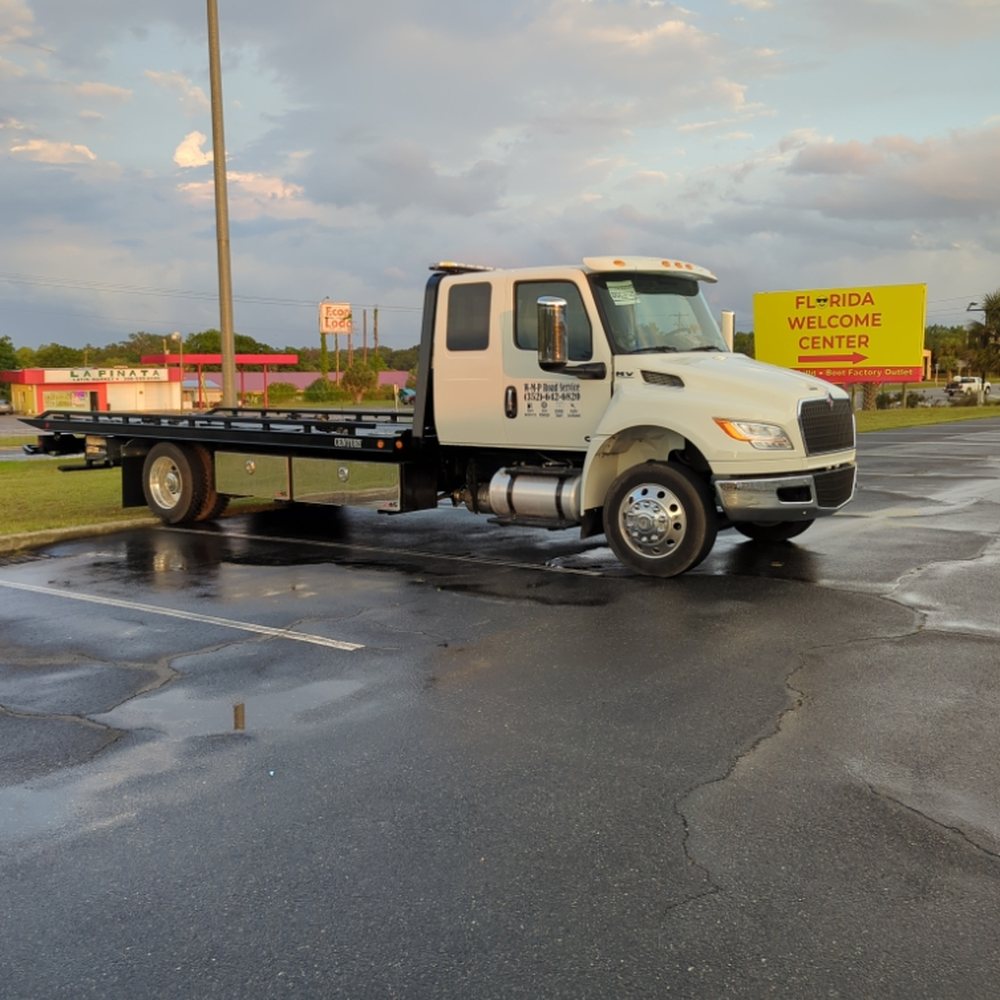Skee Way Hauling A Critical Service for Transporting Goods Across Challenging Terrains
In the world of logistics, skee way hauling plays a vital role in transporting goods across terrains that are inaccessible or difficult to navigate using standard methods. Unlike traditional hauling, which typically uses roads and highways, skee way hauling refers to the transportation of goods through rough, challenging environments such as snow, mountains, or dense forests, where conventional vehicles cannot easily pass. This specialized form of hauling requires the use of unique equipment and techniques that allow industries to continue operations despite geographic obstacles.
Whether it is used to deliver goods to remote construction sites, transport agricultural produce, or support emergency response efforts in disaster-stricken areas, skee way hauling is a crucial service across many sectors. This article will explore what skee way hauling involves, the industries that benefit from it, the challenges faced, and the technologies and practices that make it possible. We will also discuss the future of skee way hauling and its growing significance in the logistics world.
What Is Skee Way Hauling?
At its core, skee way hauling is a form of transportation designed for use in difficult terrains where traditional hauling methods are not feasible. The term “skee” suggests a relationship to snow, evoking an image of ski-like transportation methods such as snowmobiles or tracked vehicles that can traverse snowy or icy environments. However, skee way hauling is not limited to snowy conditions. It can refer to the transportation of goods across any rugged or challenging terrain, such as mud, forests, mountainous areas, or areas affected by floods.
This specialized form of hauling enables industries to continue operations even in regions with limited infrastructure, ensuring that supplies, equipment, and essential resources reach their intended destinations despite geographical and environmental challenges.
Key Industries That Rely on Skee Way Hauling
While skee way hauling is most closely associated with transportation in extreme weather or terrain conditions, its importance spans several industries that require the movement of goods to hard-to-reach areas.
1. Construction Industry
The construction industry frequently operates in remote or undeveloped areas, such as mountainous regions or rural locations where roads are either absent or impassable. Construction projects such as building roads, bridges, dams, or even housing often require materials like cement, steel, gravel, and large machinery to be transported to sites located far from main transportation routes. Skee way hauling provides a solution in such cases, allowing for the delivery of construction materials despite the challenges posed by the terrain.
For instance, in winter, when many roads are blocked by snow or ice, skee way hauling can still move materials and machinery using snowmobiles, all-terrain vehicles (ATVs), or tracked vehicles that are designed to handle tough conditions. This ensures that construction projects continue without delays caused by weather or geographical challenges.
2. Agriculture and Farming
Agricultural operations often take place in remote locations where roads are limited, or seasonal conditions make transportation difficult. Farms in rural areas or high-altitude regions, for example, require consistent supply chains to move crops, livestock, feed, and farming equipment. However, these rural settings can become inaccessible due to snow, mud, or other environmental factors.
In such cases, skee way hauling is essential for getting supplies to and from the farm. Vehicles like snowmobiles, ATVs, or tracked trucks are used to move goods efficiently across fields or through icy roads, ensuring that the agricultural industry does not face setbacks, even during extreme weather conditions.
3. Energy and Natural Resources
The energy and natural resources sectors—especially oil, gas, and mining industries—often operate in remote, rugged regions that are far from infrastructure such as roads, electricity grids, and communication networks. Hauling materials, machinery, or resources to and from these sites can be challenging, especially in locations like deserts, forests, or mountains.
Skee way hauling is critical in these sectors for transporting equipment, tools, and extracted resources. Mining operations in mountainous regions, for example, rely on specialized hauling vehicles capable of navigating rocky paths or steep slopes. Similarly, oil extraction sites in cold, snowy regions depend on tracked vehicles or snowmobiles to transport materials and equipment during winter months.
4. Emergency and Disaster Relief
In times of natural disasters, such as floods, hurricanes, or snowstorms, traditional transportation routes often become impassable, making it difficult for aid to reach affected areas. Roads may be blocked, washed away, or buried under snow, rendering emergency response efforts nearly impossible without alternative transportation options.
Skee way hauling provides the critical lifeline in these situations. Using specialized vehicles such as ATVs, snowmobiles, and tracked rescue vehicles, emergency teams can deliver vital supplies like food, water, medical aid, and equipment to isolated communities. In remote mountainous regions or flood-prone areas, skee way hauling enables rescue teams to access hard-to-reach locations, ensuring that help arrives when it is needed most.
Challenges of Skee Way Hauling
While skee way hauling is essential for transporting goods across challenging environments, it is not without its challenges. The primary obstacles include:
1. Unpredictable Terrain and Weather Conditions
The unpredictable nature of the terrain and weather is one of the most significant challenges of skee way hauling. Whether it’s navigating through snowdrifts, crossing rivers, or dealing with sudden storms, the conditions can change rapidly, requiring constant adjustments to the hauling process. This uncertainty can lead to delays and sometimes even hazards for the vehicles and operators.
2. Specialized Equipment Needs
Hauling goods across tough terrains requires specialized vehicles and equipment, which can be costly to acquire and maintain. From tracked trucks to snowmobiles and ATVs, each piece of equipment must be designed for specific environmental conditions, and proper maintenance is crucial to ensure the safety of both the cargo and operators.
3. Environmental Impact
Despite its benefits, skee way hauling can have an environmental impact. The heavy equipment used in harsh environments can contribute to soil erosion, habitat disruption, and other ecological consequences. As a result, there is increasing pressure on the industry to implement eco-friendly practices and reduce its carbon footprint. The adoption of electric or hybrid vehicles for skee way hauling is one of the ways the industry is working to address environmental concerns.
Technological Innovations in Skee Way Hauling
Over the years, technological advancements have helped improve the efficiency, safety, and sustainability of skee way hauling. Some of the most notable innovations include:
1. GPS and Telematics
GPS technology and telematics systems have revolutionized the way skee way hauling operates. With GPS tracking, companies can monitor the location, speed, and condition of their vehicles in real time. This information helps optimize routes, improve fuel efficiency, and ensure timely deliveries. Additionally, telematics systems allow fleet managers to monitor vehicle health, predict maintenance needs, and avoid unexpected breakdowns.
2. Autonomous Hauling Vehicles
Another exciting development in skee way hauling is the introduction of autonomous hauling vehicles. These vehicles are capable of navigating difficult terrains without human intervention. In industries like mining and construction, autonomous vehicles can be used to transport materials and equipment in remote locations, improving efficiency and reducing the risk of human error.
3. Electric and Hybrid Vehicles
As the demand for sustainable practices grows, there has been a push for more eco-friendly vehicles in the hauling industry. Electric and hybrid vehicles are starting to be used in skee way hauling, reducing fuel consumption and lowering emissions. These vehicles can be particularly beneficial in environmentally sensitive areas where pollution needs to be minimized.
Safety Considerations in Skee Way Hauling
Due to the challenging nature of the terrain, safety is a critical concern in skee way hauling. Several safety precautions are taken to mitigate risks:
- Vehicle Maintenance: Regular maintenance is essential to ensure the hauling vehicles remain operational and safe to use.
- Training and Certification: Operators must be trained to handle the specialized vehicles and navigate hazardous conditions, reducing the risk of accidents.
- Protective Equipment: Drivers and personnel involved in skee way hauling must wear safety gear, such as helmets, seat belts, and protective clothing, to minimize injury in case of an accident.
Conclusion
Skee way hauling is a crucial component of modern logistics, providing a solution for transporting goods across some of the world’s most difficult terrains. From remote construction sites to disaster-stricken areas, this specialized form of hauling ensures that goods and services continue to flow despite environmental challenges. With technological advancements improving efficiency and sustainability, skee way hauling will continue to evolve, offering even more effective ways to tackle tough conditions.
As industries continue to face challenges related to remote operations, climate change, and infrastructure limitations, the role of skee way hauling will only grow in importance. By utilizing the right equipment, planning, and safety measures, businesses can ensure the reliable movement of goods and materials, even in the most difficult conditions.
FAQs
1. What is skee way hauling?
Skee way hauling refers to transporting goods through difficult terrains using specialized vehicles like snowmobiles, ATVs, or tracked trucks, often in areas where conventional transportation cannot operate.
2. What industries use skee way hauling?
Skee way hauling is used in industries such as construction, agriculture, energy, mining, and emergency response, where goods must be transported through rugged or remote locations.
3. What types of vehicles are used for skee way hauling?
The vehicles used for skee way hauling include snowmobiles, all-terrain vehicles (ATVs), tracked trucks, and heavy-duty equipment designed to handle rough or snow-covered terrains.
4. How does technology impact skee way hauling?
Technology like GPS, telematics, autonomous vehicles, and electric vehicles has improved the efficiency, safety, and environmental sustainability of skee way hauling.
5. What safety measures are involved in skee way hauling?
Safety measures include regular vehicle maintenance, proper training for operators, and the use of protective equipment like helmets, seat belts, and safety clothing to ensure the well-being of drivers and workers.






